Compare how far the two films you have studied reflect the times they were made.
Casablanca (Michael Kurtiz, 1942) and Bonnie And Clyde (Arthur Penn, 1967) both respectively demonstrate the contexts in which they were produced in under the influence of two different Hollywood eras. The contrasting stylistic elements of these films are as a result of the movement away from ‘The Golden Age’ and the adoption of new techniques which shaped films such as Bonnie and Clyde in ‘New Hollywood’.
Casablanca is a result of the contexts in which it was produced, with the influence of the Hollywood studio system defining its outcome. The ‘Golden Age of Hollywood’, referring to the 30 year period between 1930-1960 was defined by its large constructed sets, emphasis on the stars the film had to offer and co-ordinated cinematography that all worked in cohesion with one another to serve the narrative. The studio under which it was created, Warner Brothers, had great influence over the films creation and could be seen to have its own house style which, like Casablanca, can be identified in other Warner Brothers films of the time such as Herman Shumlin’s Watch on the Rhine.
The film follows Rick and Ilsa, two lovers who parted because of the Second World War and her arrival before him some years later, happily married to a resistance fighter, Victor Laszlo. The influence of the studio is most identifiable during the opening sequence of the film. A fanfare precedes the emergence of the Warner Brothers logo in which the producers name, Jack L. Warner appears, marking the film as a prestigious production under the influence of the producer rather than the director. A-list actors from the studios stable follow on from the logo title card with lesser known actors coming after the main title card of ‘Casablanca’ as a pull factor for an audience to watch the film as it was in the studios interest to make as much profit as possible, running the film industry as a business rather than a creative form of expression. The effects of such influence results in a film created with intention as propaganda for the war effort rather than the creative vision of several people coming together.
Jack L. Warner was a firm believer in the need for American involvement in the war and a keen promoter of the ideals of President F.D.R despite being an ardent Republican himself. The characterisation of Rick in the film is an example of the studios exploration of political opinion through storytelling as his portrayal as a Hollywood hero, especially in the final scene at the airport where he lets Ilsa escape to safety and shoots the Nazi General only when threatened himself, presents his ideals of going against the Nazi regime as being heroic and encourages others to share his views. Much like films of the time such as the previously referenced Watch on the Rhine, Casablanca is a clear representation of a film produced in the contexts of the time as the studio influencing it expresses its anti-fascist viewpoint. Bonnie and Clyde would challenge these ideas by having two murderous villains as the protagonists and the Sheriff that kills them presented as the bad guy.
Typical associations of cinematography that defined the style of the ‘Golden Age of Hollywood’ revolved around the use of frequent establishing shots and shot reverse shot with the actors movements on screen coming from the perspective of the audience. Camera movement and large depth of field were also used to show off the films sets as a lot of money had gone into them.
When Rick is first introduced, the camera crabs from right to left to display the setting of the café with the creative decision taken to change the aperture from a deep depth of field to a shallow depth to focus on the stars and thereby glamourising them as they are items to sell. The camera tracks the movement of the cigar in his hand, tilting up to reveal Rick, centrally framed and dollying backwards to see all of him. All previous shots in the café had been filled with lots of extras whereas Rick is in isolation and the loud diegetic dialogue from characters can now only faintly be heard as the focus is fully on him. The blocking and framing of each actor is in line with the cinematography that was typically found at the time and doesn’t explore more radical filming styles such as the handheld camera shots associated with the style of ‘New Hollywood’ that director Arthur Penn used in Bonnie and Clyde.
Bonnie and Clyde could never have been made during the ‘Golden Age of Hollywood’ but after the decline of studio influence after the 1948 Paramount vs USA case, studios found themselves with reduced control over a films outcome. The case resulted in studios being unable to offload a years worth of films to a theatre, instead being forced to create films they were certain would sell. The increase in the amount of families owning a TV also made studios financially worse off as many could stay at home and watch repeats of older films. In 1950, the number of American households with TVs was at just 9% but 10 years later had skyrocketed to 87.1%. This saw a rise in independence within the industry and allowed for the stylistically unusual Bonnie and Clyde to be created.
Bonnie and Clyde follows the crime spree of a young couple in Southern America. The pair were well-known for their robberies of banks after the Great Depression hit in 1929. Penn creates empathy for the two protagonists in a film that would shame them several decades prior. Bonnie and Clyde is a product of the context in which it was produced in, with comparisons able to be made from Casablanca in the ways in which the studio influenced its production and the unique visual elements of the film drawn from the French New Wave.
In the opening sequence, the Warner Brothers logo is unaccompanied by fanfare and doesn’t have the executive producers name on it while the first title card is of Warren Beatty as opposed to a studio head, demonstrating that the studio is subservient to the artistic intent of the film. These opening credits are objective and cold in comparison to Casablanca which guides that audience in a linear way through the narration, giving the film as uninviting appearance, further showing the greater power of the artistic intent of the film over the studio.
Arthur Penn took great inspiration from the French New Wave when considering bonnie and Clyde. The style of French New Wave commonly used a lot of handheld shots, long takes and shooting on location rather than creating sets as seen in Casablanca. The ending of Bonnie and Clyde would have been particularly horrifying for audiences at the time due to the gory nature of the protagonists deaths which they wouldn’t have been used to watching. In Casablanca, the film has a positive ending despite Ilsa leaving Rick as he can walk free and the German General is killed. Also, as the pair are littered with bullets, handheld shots are used frequently as well as in other scenes which gives the film a sense of realism as camera movement appears more naturalistic in comparison to the composed movement in Casablanca. The long take shows the Sheriff come out of the bushes where they had been shooting on location in Texas where there is silence before cutting to black, giving the film a very negative ending.
One of the most striking differences in both films that reflects the time in which they were made is the difference in sexuality presented in Bonnie and Ilsa, most notably in their introductions. Bonnie’s first appearance occurs at the very beginning of the film and her sexuality is expressed explicitly through the extreme close-ups of her lips as she applies red lipstick and that she is completely naked. She is immediately established a sexual character which her flirting with Clyde contributes to. This is considered to be very sexual for modern audiences so more contemporary audiences would have perhaps found this unusual to watch because of the heightened sexualisation of her character.
Ilsa’s introduction takes place in Rick’s cafe when she arrives with Laszlo and her presentation is very different to Bonnie’s. While Bonnie desires Clyde, Ilsa is sexualised in a way that makes her desirable. Filters on the lenses when focused on her allows for her highlights to bloom and gives her a sparkle to the eye. Rembrandt lighting is used for her which creates a triangle light on the cheekbone of the actor which gives them contrast while a profile shot of concern from her as they discuss the Nazis still shows off her beauty. For Ilsa to have been sexualised in the same way that Bonnie had would have been outrageous for the time due to conceptions of the female role as a mother.
Both Bonnie and Clyde and Casablanca are a product of the respective contexts in which they were created, with the exploration of character and visual style contrasting each other as Hollywood aligns itself with ideas more redolent of the French New Wave as there was a progression from the ‘Golden Age of Hollywood’ towards a ‘New Hollywood’ which allowed for greater freedom in creativity and therefore resulted in experimentation of different concepts and ideas as seen with Penn when is far more able to bring his own creative vision to fruition than Kurtis some 25 years later.
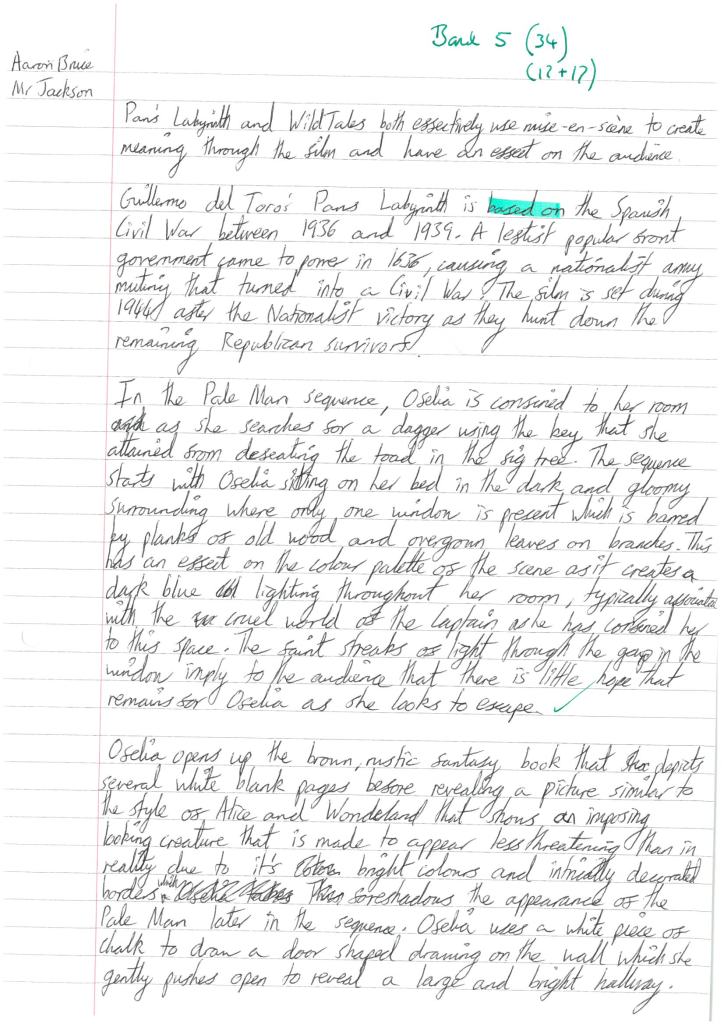



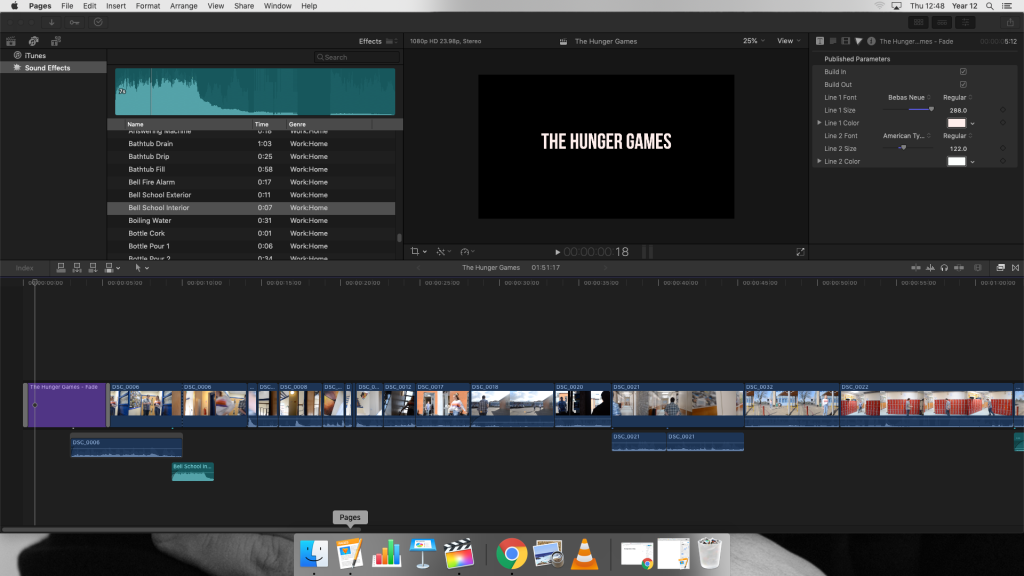
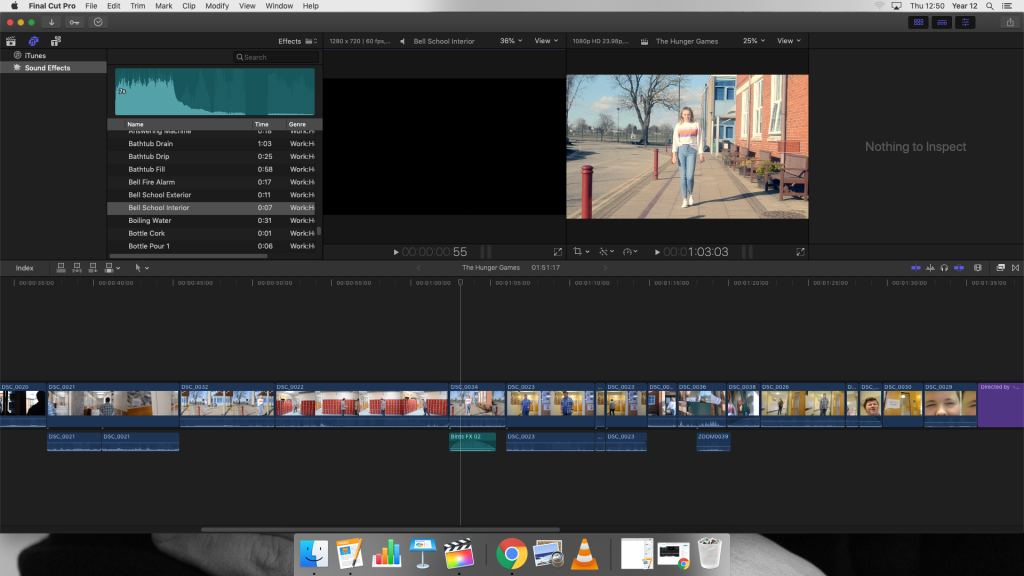

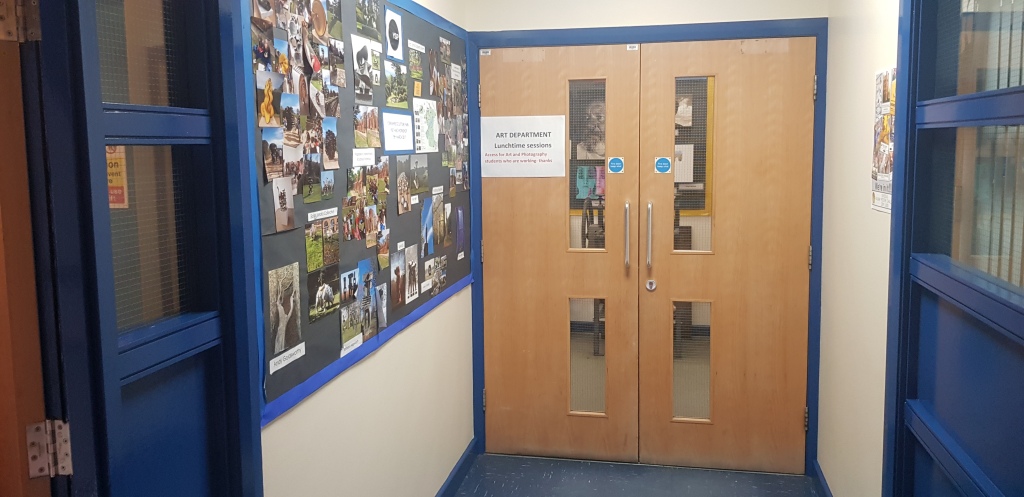
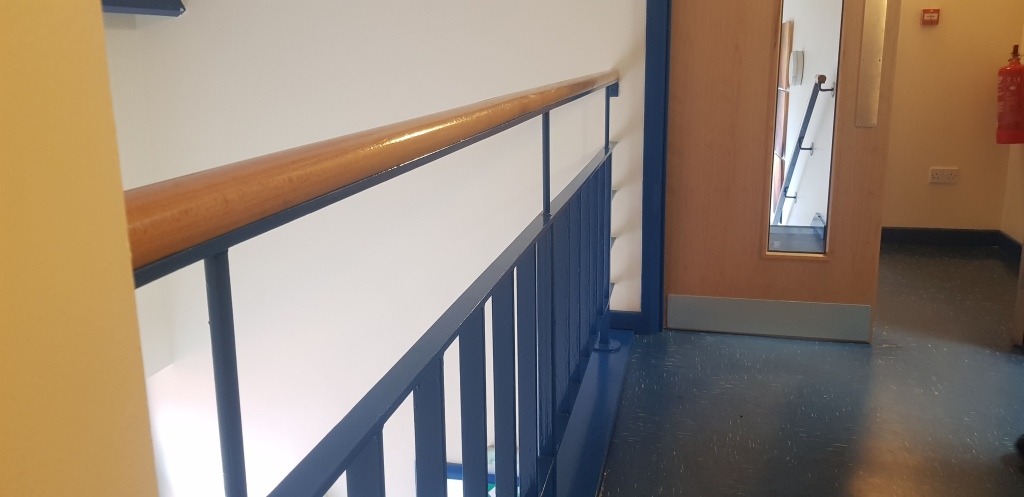
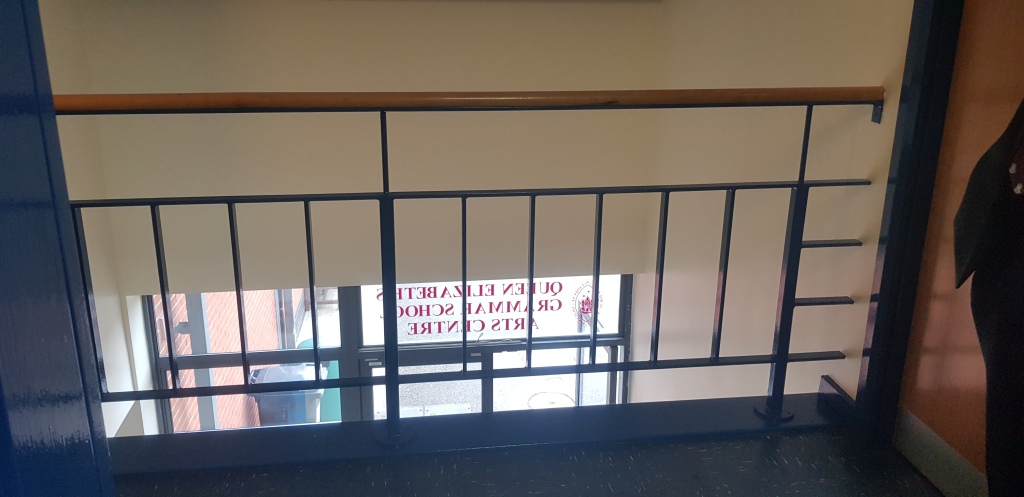
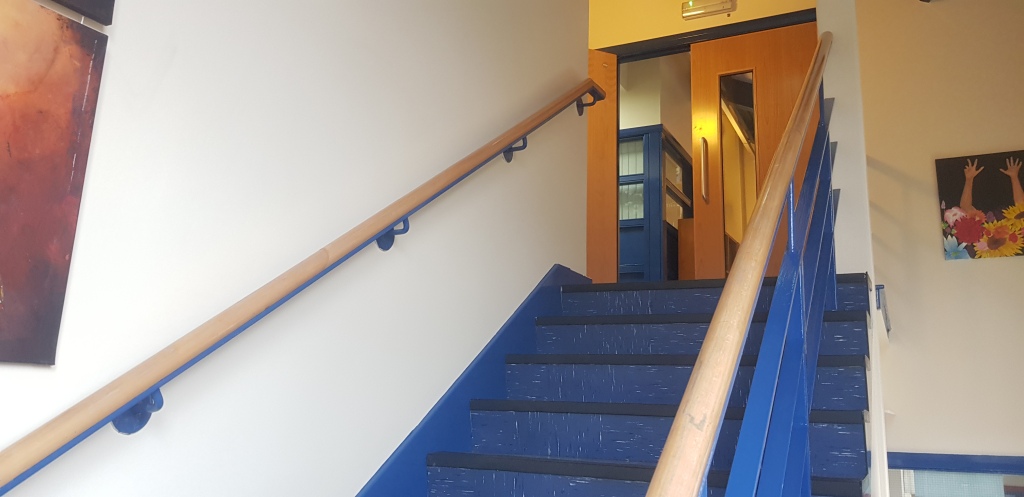
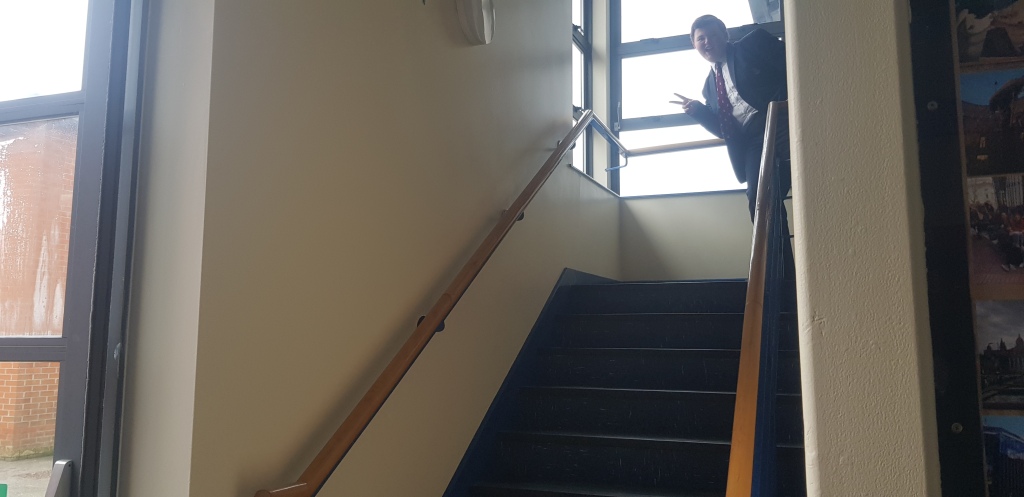

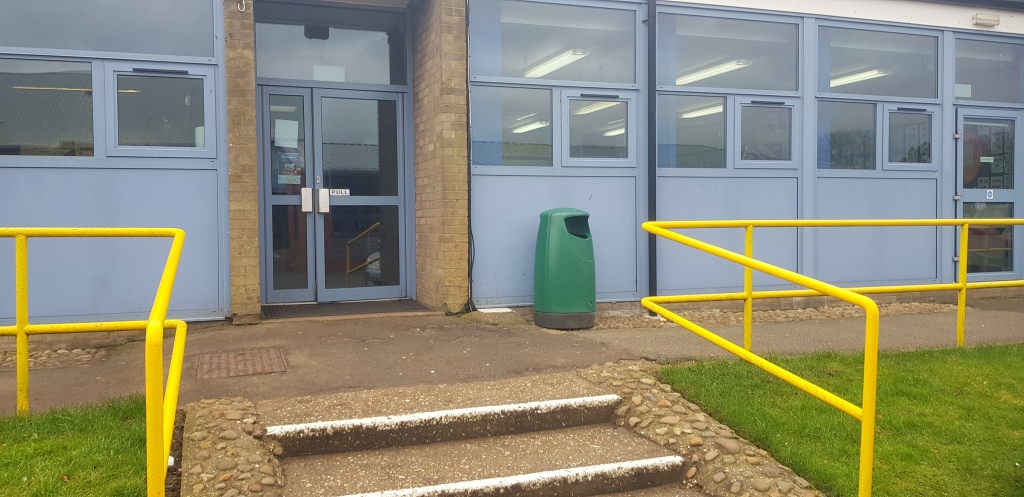

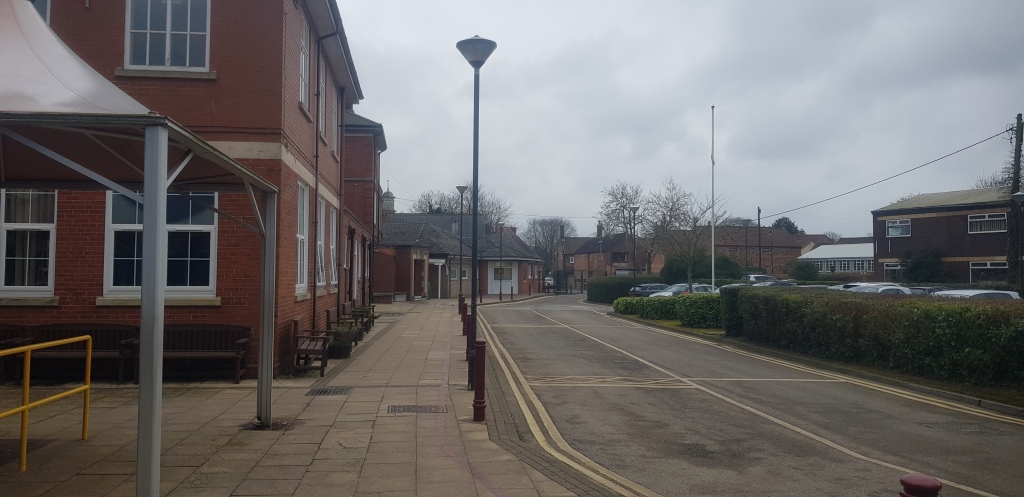

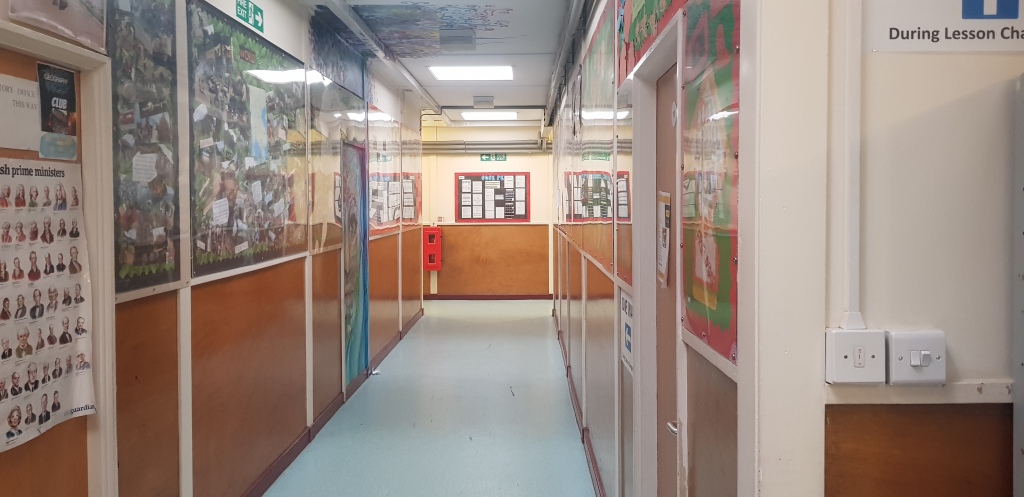
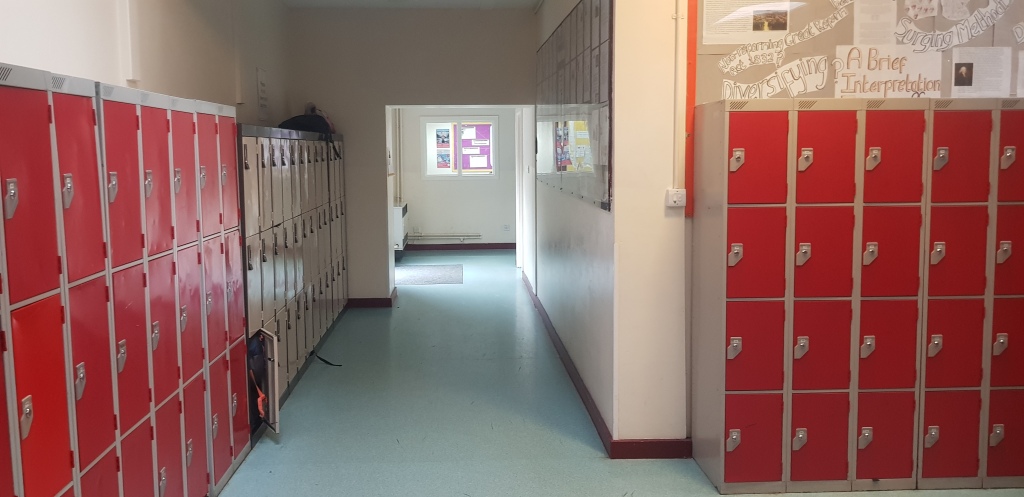
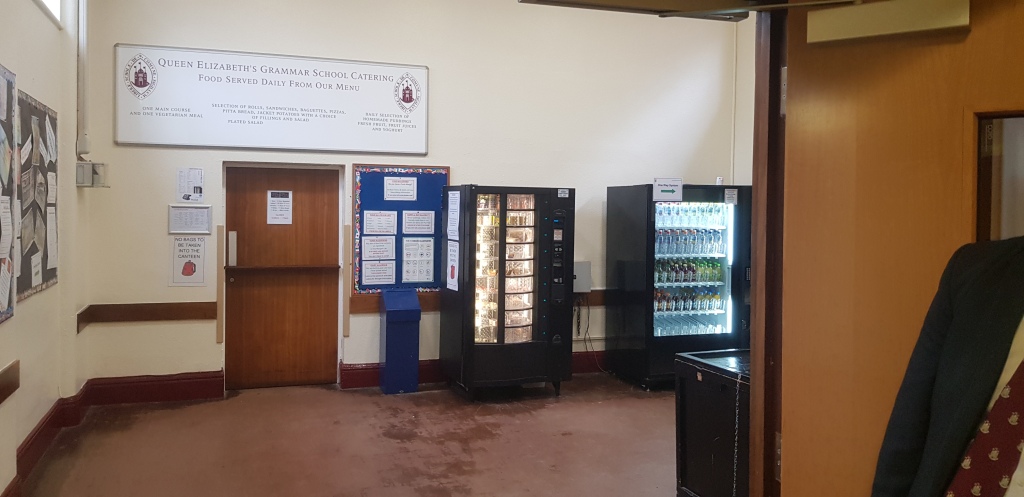
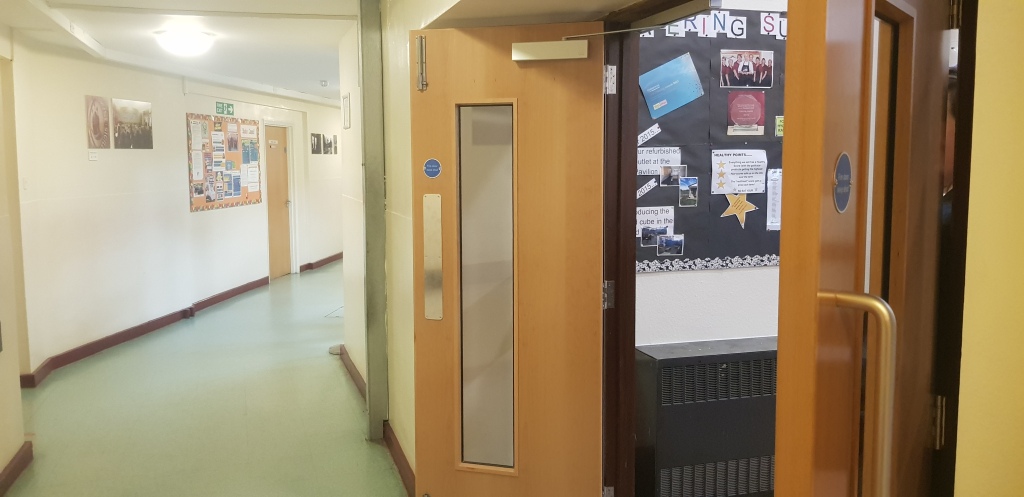
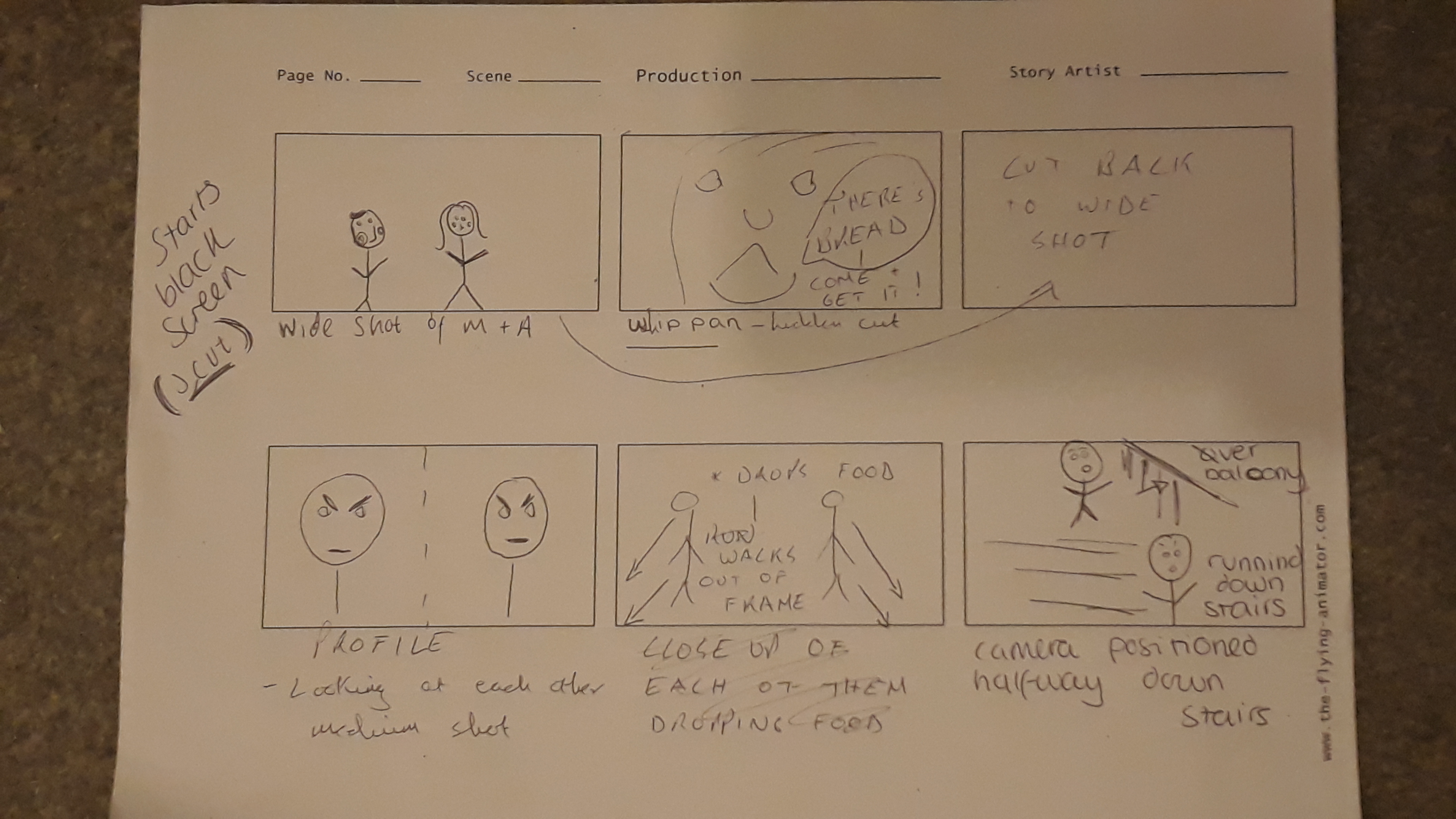

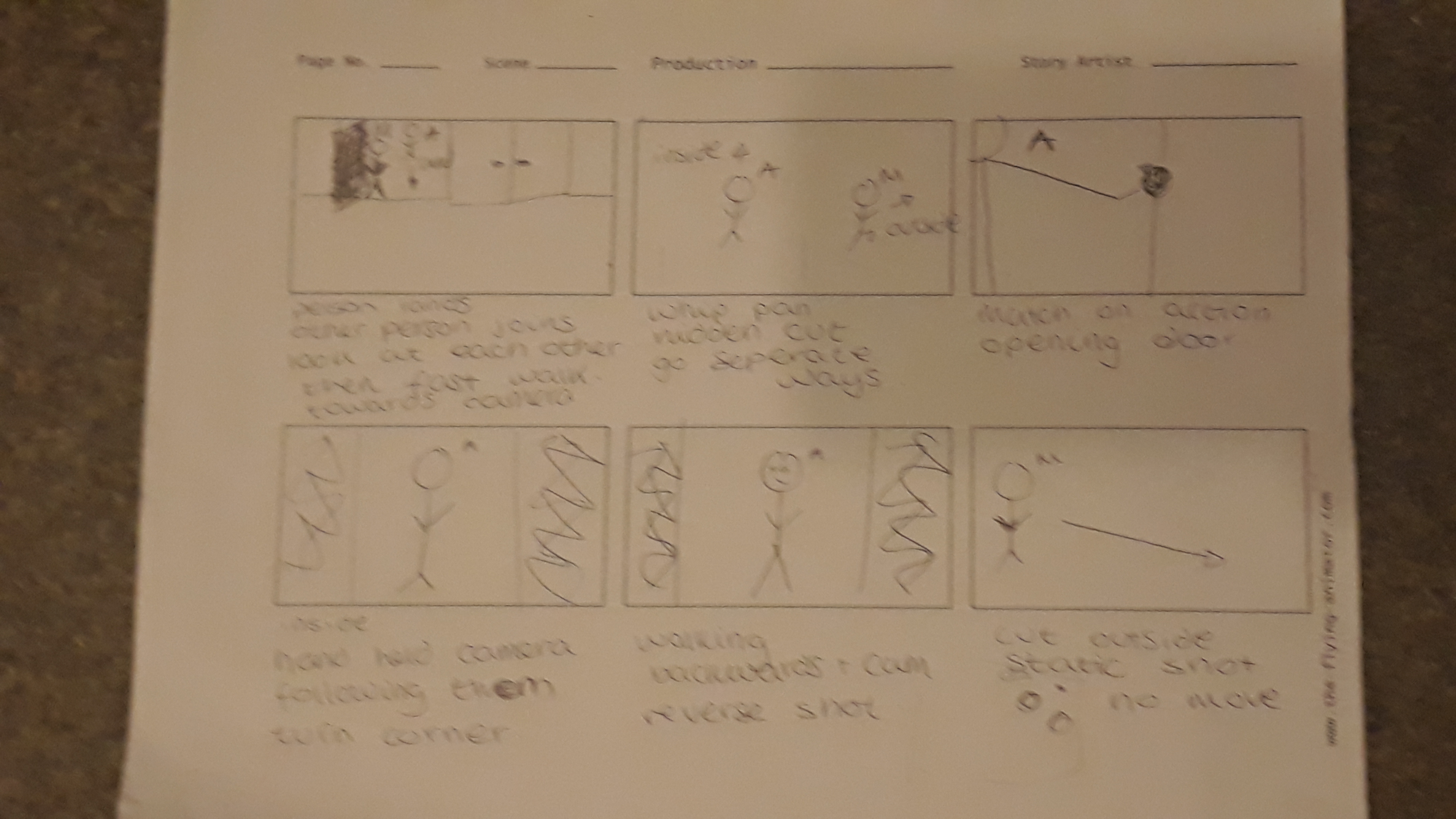

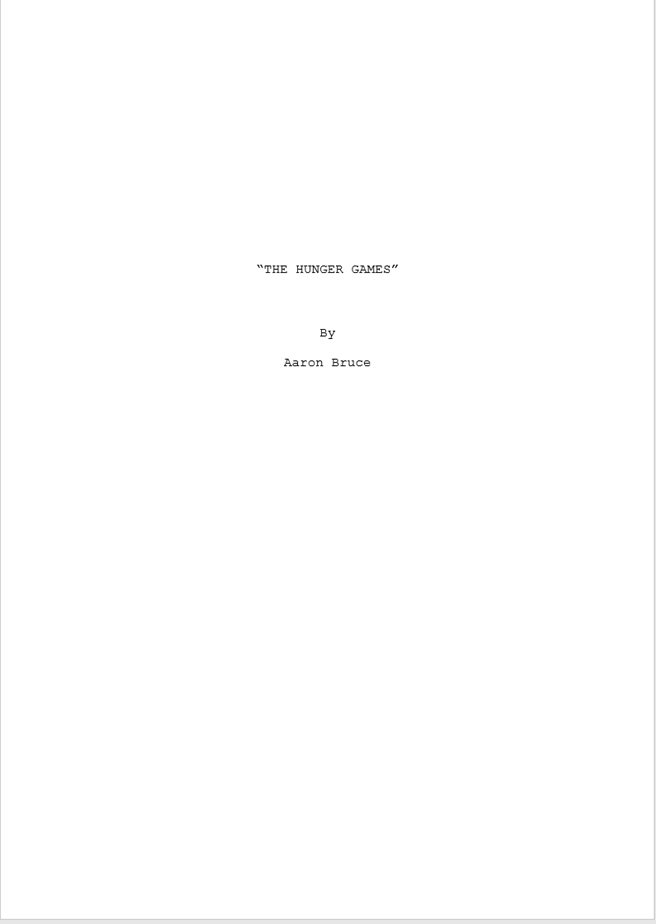
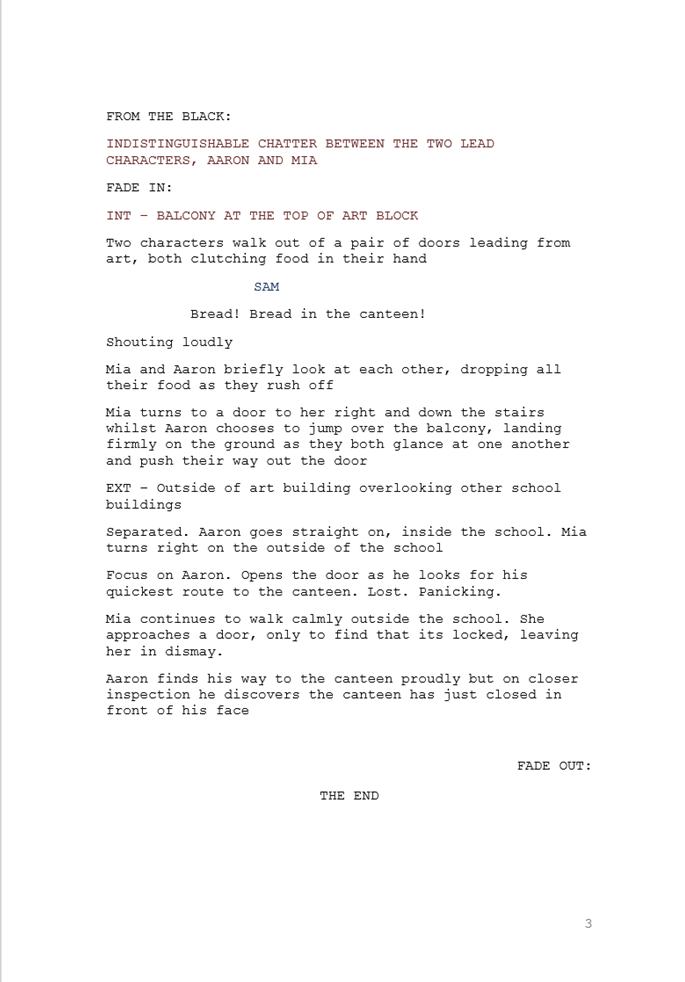
















































/cdn.vox-cdn.com/uploads/chorus_image/image/57044477/blade3.0.jpg)


























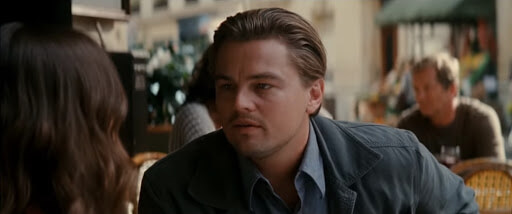





























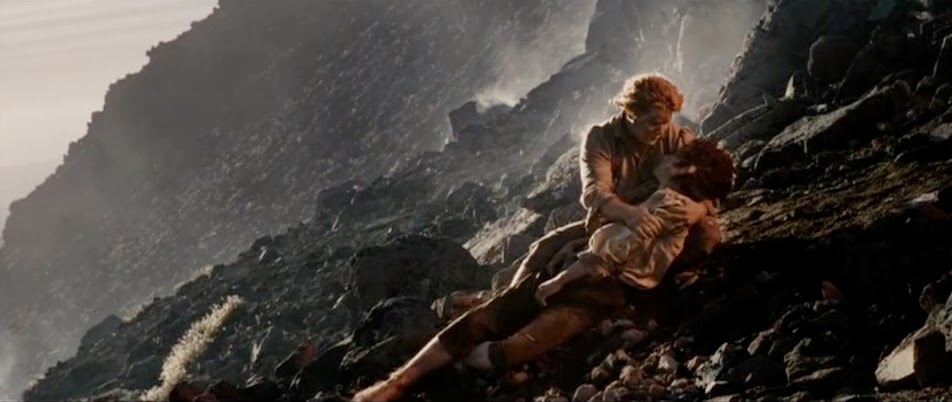




![[IMG]](https://i0.wp.com/www.starwarsringtheory.com/wp-content/uploads/2014/08/vlcsnap-2014-06-14-00h04m44s132.jpg)